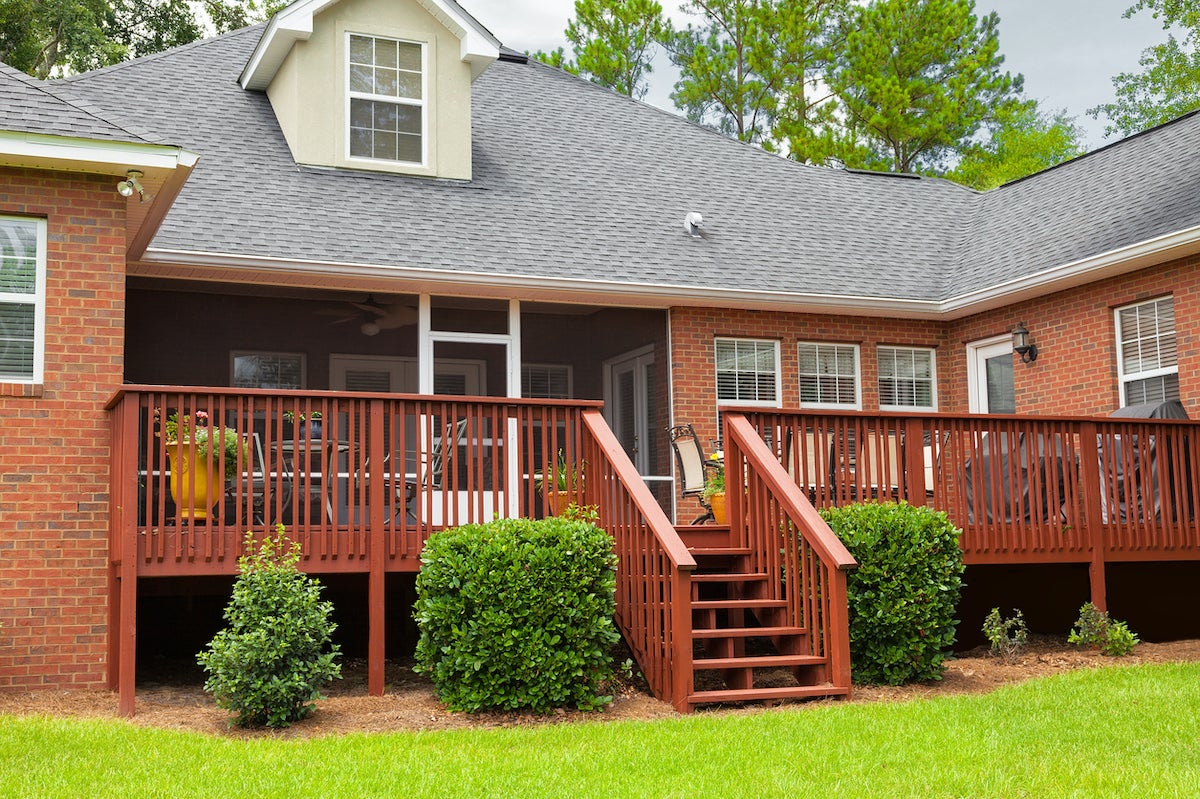

Articles
How Tall Should Porch Railing Be
Modified: January 8, 2024
Discover the ideal height for porch railings in this informative article. Find out the recommended measurements and regulations for porch railing heights.
(Many of the links in this article redirect to a specific reviewed product. Your purchase of these products through affiliate links helps to generate commission for Storables.com, at no extra cost. Learn more)
Introduction
Welcome to our comprehensive guide on determining the proper height for porch railings. When it comes to designing and constructing a porch, one important element to consider is the height of the railing. Porch railings not only serve as a safety feature but also contribute to the overall aesthetics of the space. Finding the right balance between functionality and visual appeal is crucial.
In this article, we will explore the importance of porch railing height, the relevant building codes and regulations, as well as the various factors to consider when determining the appropriate height for your porch railing. We will also provide standard height recommendations and guide you through the process of installing porch railings at the correct height.
Whether you are a homeowner or a professional builder, understanding the significance of porch railing height is essential for creating a safe and visually pleasing porch area. So let’s dive in and learn everything you need to know about porch railing heights!
Key Takeaways:
- Porch railing height is crucial for safety, compliance, and aesthetics. Understanding building codes, considering occupant needs, and balancing privacy and openness are key factors in determining the ideal height.
- Proper installation and maintenance of porch railings are essential for long-term safety and functionality. Regular inspections, cleaning, and addressing specific needs ensure a secure and visually appealing porch environment.
Read more: How To Install Porch Railing
Importance of Porch Railing Height
The height of porch railings is crucial for several reasons. Primarily, it provides safety and prevents accidents by acting as a protective barrier. Porch railings help prevent falls from elevated areas, particularly for children, the elderly, and individuals with mobility issues. They also act as a deterrent, keeping unwanted intruders from accessing the porch area.
Furthermore, porch railings contribute to the overall aesthetic appeal of the porch. They provide a finishing touch to the design and can complement the architectural style of the home. The height and design of the railings can enhance the curb appeal and create a welcoming entryway.
Another important aspect to consider is compliance with building codes and regulations. Porch railings must adhere to specific height requirements set forth by local authorities. Failing to meet these regulations can result in fines or even legal consequences. Therefore, it is essential to understand and comply with the applicable building codes when determining the height of your porch railings.
Additionally, the height of porch railings may be influenced by personal preferences and the specific needs of the occupants. For example, individuals with small children may opt for higher railings to provide an extra level of safety and peace of mind.
In summary, having the correct porch railing height is crucial for safety, compliance with regulations, and enhancing the overall visual appeal of your porch. By striking the right balance between functionality and aesthetics, you can create a welcoming and secure outdoor space for you and your loved ones to enjoy.
Building Codes and Regulations
When determining the height of porch railings, it is important to familiarize yourself with the building codes and regulations specific to your area. Building codes are established to ensure the safety and structural integrity of buildings, including porches and their components.
Building codes typically specify the minimum and maximum height requirements for porch railings. These requirements are based on factors such as the height of the porch floor, the location of the porch (e.g., high-rise buildings may have stricter regulations), and the proximity to potential fall hazards (e.g., steep slopes or bodies of water).
Local municipalities and jurisdictions generally enforce building codes, which may have specific guidelines regarding porch railing heights. It is essential to consult the appropriate authorities or building department in your area to obtain the most up-to-date information.
In addition to height requirements, building codes may also outline other regulations related to porch railings, such as the spacing between balusters or pickets, the strength and durability of the railing system, and the proper installation methods.
By adhering to these codes and regulations, you can ensure the safety and compliance of your porch railing. Non-compliance may result in penalties, delays in project completion, or even the need for costly modifications.
It is worth noting that building codes may vary from one location to another. Therefore, it is crucial to consult the specific regulations applicable in your area or consult with a professional contractor or architect who is knowledgeable in local building codes.
Once you have a clear understanding of the building codes and regulations, you can proceed with determining the appropriate porch railing height that meets the requirements and ensures the safety and well-being of those using the porch area.
Factors to Consider when Determining Porch Railing Height
When determining the height of your porch railing, it is important to consider several factors to ensure functionality, safety, and aesthetic appeal. Here are some key factors to take into account:
- Building Codes and Regulations: As mentioned earlier, familiarize yourself with the local building codes and regulations. These guidelines will help you determine the minimum and maximum height requirements for your porch railing.
- Purpose of the Railing: Consider the primary purpose of your porch railing. Is it solely for safety or do you also want it to serve as a visual element? This will influence the height and design choices you make.
- Occupant Safety: Take into account the safety needs of everyone who will be using the porch. For example, if you have small children or individuals with limited mobility, you may want to opt for a higher railing for added protection and peace of mind.
- View and Sightlines: Consider the view from your porch and the impact that the height of the railing may have. If you have a beautiful landscape or scenic view, you may want to choose a railing height that doesn’t obstruct the sightlines.
- Aesthetic Appeal: The height of the porch railing should complement the overall design and style of your home. Consider the architectural elements, materials, and finishes that will harmonize with the railing height you choose.
- Balancing Privacy and Openness: Think about the level of privacy you want to achieve on your porch. A taller railing will provide more privacy, while a lower railing may create a more open and inviting atmosphere.
- Neighborhood and HOA Guidelines: If you live in a neighborhood with homeowner’s association (HOA) guidelines, be sure to review any restrictions or requirements they may have regarding porch railing height.
- Future Considerations: Lastly, think about any potential future plans or modifications you may have for your porch. Consider how the railing height may impact those plans, such as the installation of outdoor lighting or the addition of a porch roof.
By carefully considering these factors, you will be able to determine the ideal porch railing height that meets safety requirements, suits your aesthetic preferences, and enhances the overall functionality of your porch.
Standard Porch Railing Height Recommendations
While the specific requirements for porch railing height can vary depending on your location and building codes, there are some general recommendations that can serve as a starting point when determining the appropriate height for your porch railing.
Typically, residential building codes specify a minimum railing height of 36 inches (91.44 cm). This minimum height is intended to provide a sufficient barrier to prevent falls from the porch.
However, it is important to note that some local building codes may require a higher minimum height, such as 42 inches (106.68 cm), especially for elevated porches or those located in areas with specific safety concerns. Always consult your local building codes to ensure compliance.
In addition to the minimum height, consider the recommended height range for porch railings. This range is generally between 36 and 42 inches (91.44-106.68 cm). Most homeowners find that a railing height of around 38-40 inches (96.52-101.6 cm) provides an optimal balance between safety and visual appeal.
It is worth noting that these standard recommendations may not be suitable for every situation. Factors such as the specific requirements of your local building codes, the needs of the occupants, and the design aesthetic may influence your decision to deviate from the standard recommendations.
If you have specific concerns or unique circumstances, consult with a professional contractor or architect who can provide tailored guidance based on your specific situation.
Remember, the primary goal of porch railings is to ensure the safety of those using the porch. Therefore, while it is important to consider the visual appeal and design elements, safety should always be a top priority when determining the height of your porch railing.
Ultimately, finding the right porch railing height involves finding a balance between compliance with building codes, the safety needs of the occupants, and your personal preferences for functionality and aesthetics.
The standard height for porch railing is typically between 36 to 42 inches. However, always check your local building codes for specific requirements in your area.
Read more: How To Build Porch Rails
Adjusting Porch Railing Height for Specific Situations
In certain situations, you may need to adjust the standard porch railing height recommendations to accommodate specific needs or circumstances. Here are some common scenarios where adjusting the railing height may be necessary:
- Building Codes and Regulations: If your local building codes require a higher minimum height or have specific requirements for elevated porches or areas with safety concerns, you must adhere to those regulations. Always consult your building department or relevant authorities to ensure compliance.
- Occupant Safety: If you have young children, pets, or individuals with limited mobility in your household, you may want to increase the railing height for added safety and prevention of accidents. Consider a height above the standard recommendation of 42 inches (106.68 cm) to provide an extra level of protection.
- Deck or Balcony: If you have a deck or balcony attached to your porch, you may need to adjust the porch railing height to match the height of the deck or balcony railing. This creates a consistent and seamless look while adhering to safety standards.
- Privacy and Protection from Elements: In some cases, you may want to increase the height of your porch railing to enhance privacy or provide protection from strong winds or intense sunlight. By raising the height, you can create a more enclosed and sheltered outdoor space.
- Historical or Conservation Considerations: If you own a historical home or live in a neighborhood with strict preservation guidelines, you may need to adjust the railing height to maintain the authentic look or adhere to architectural conservation standards. In such cases, consult with local preservation authorities or historic building experts.
- Specific Design Aesthetics: Depending on the architectural style and design of your home, you may choose to adjust the railing height to match the proportions and overall aesthetic. For example, in homes with a more modern or minimalist design, you might opt for a lower railing height to maintain clean lines and an unobstructed view.
When adjusting the porch railing height, it is essential to strike a balance between the specific needs or circumstances and the safety requirements set forth by building codes. Consulting with professionals, such as architects or contractors, can provide valuable insights and assistance in determining the appropriate railing height for your specific situation.
Remember, safety should always be a priority when adjusting the porch railing height. By considering the specific needs of your household and any unique circumstances, you can ensure the porch railing provides optimal protection and enhances the functionality and visual appeal of your outdoor space.
Installing Porch Railing at the Right Height
Once you have determined the appropriate height for your porch railing based on building codes, safety considerations, and aesthetic preferences, it’s time to install it at the right height. Here are some steps to guide you through the installation process:
- Measure and Mark: Measure the desired height from the porch floor to the top of the railing. Use a pencil or marker to mark this height on the porch posts or wall at regular intervals.
- Double-Check the Height: Before proceeding with the installation, double-check the marked height to ensure it matches your intended railing height and complies with any applicable building codes.
- Account for Top and Bottom Rails: Remember to account for the top and bottom rails when measuring the height. The height you marked should include both the top and bottom rails, as they contribute to the overall height of the porch railing.
- Install the Posts: If your porch railing system uses posts, start by installing them at the marked locations. Use appropriate mounting hardware and follow the manufacturer’s instructions for securing the posts to the porch surface or wall.
- Attach the Rails: Attach the top and bottom rails to the posts, following the manufacturer’s instructions. Ensure they are securely fastened and level with each other.
- Adjust the Height if Necessary: Once the railing system is in place, double-check the height to ensure that it aligns with your intended measurement. If any adjustments need to be made, carefully unscrew or adjust the hardware to raise or lower the railing to the desired height.
- Secure the Balusters/Pickets: If your railing includes balusters or pickets, install them according to the manufacturer’s instructions. Ensure they are evenly spaced and securely attached to the top and bottom rails.
- Test the Stability: Once the porch railing is fully installed, give it a firm shake to ensure it is stable. Check for any wobbling or movement, and re-tighten any fasteners if necessary. A solid and stable porch railing is essential for safety.
- Finishing Touches: Lastly, inspect the railing for any sharp edges or rough spots. Sand or file down any rough areas, and apply paint or a protective finish if desired to enhance the durability and appearance of the railing.
Proper installation is crucial to ensure the porch railing is secure, stable, and meets safety standards. If you are not confident in your own abilities, it is advisable to consult a professional contractor who specializes in porch railing installation.
By following these steps and taking care during the installation process, you can successfully install your porch railing at the correct height, providing both safety and visual appeal to your outdoor space.
Maintenance and Safety Guidelines for Porch Railings
Once you have installed your porch railing at the correct height, it is important to follow maintenance and safety guidelines to ensure its longevity and continued functionality. Here are some essential guidelines to keep in mind:
- Regular Inspections: Conduct regular inspections of your porch railing to check for any signs of damage, such as loose fasteners, cracked or splintered wood, or rust on metal railings. Promptly address any issues to prevent further damage and ensure the railing remains structurally sound.
- Cleaning: Regularly clean your porch railing to remove dirt, debris, and any potential hazards. Use mild soap and water, along with a soft brush or cloth, to gently scrub the railing. Avoid harsh chemicals or abrasive cleaners, as they can damage the material.
- Repairs and Maintenance: Address any repairs or maintenance needs promptly. Tighten loose screws or bolts, replace worn-out or damaged components, and apply a fresh coat of paint or finish as needed to protect the railing from weather elements.
- Clear Obstructions: Keep the area around the porch railing clear of any obstructions, such as potted plants, outdoor furniture, or toys. These items can not only obstruct the view but also pose a tripping hazard or increase the risk of needing to climb over the railing.
- Childproofing: If you have young children, take additional childproofing measures to ensure their safety. Install child safety gates or netting to prevent them from accessing the porch area unsupervised and ensure the railing meets height requirements for child safety.
- Seasonal Maintenance: Depending on your climate, porch railings may be subjected to harsh weather conditions. During winter months, remove ice and snow accumulations promptly to prevent damage to the railing. In coastal areas, saltwater or salt spray may corrode metal railings, so it’s important to rinse them regularly to remove salt residue.
- Education and Supervision: Educate all members of the household about porch railing safety. Teach children about the potential dangers and explain why they should not climb or hang from the railing. Supervise all activities on the porch to prevent accidents or misuse of the railing.
- Consideration of Weight-Bearing Capacities: If you plan to hang decorations or install any additional fixtures on the porch railing, ensure that it is capable of bearing the weight. Excessive weight can compromise the stability and safety of the railing, so it’s important to know its weight capacity.
- Professional Inspections: Periodically engage the services of a professional contractor or inspector to conduct a thorough assessment of your porch railing for any hidden damage or potential safety concerns. They can provide expert advice and address any issues before they escalate.
By following these maintenance and safety guidelines, you can ensure that your porch railing remains in excellent condition, providing the necessary safety and enhancing the overall aesthetics of your porch area.
Conclusion
Choosing the right height for your porch railing is a crucial decision that requires careful consideration of safety, building codes, and aesthetic appeal. By understanding the importance of porch railing height, complying with relevant building codes and regulations, and considering various factors such as occupant safety, view, and design aesthetics, you can determine the optimal height for your porch railing.
Installing the porch railing at the correct height ensures the safety of those using the porch and provides a level of comfort and peace of mind. Following the recommended standard height range, adjusting for specific situations, and employing proper installation techniques are crucial to achieving a secure and visually pleasing porch railing.
Maintenance and safety guidelines are essential to uphold the functionality and durability of your porch railing over time. Regular inspections, cleaning, repairs, childproofing, and seasonal maintenance are crucial to prevent damage, address issues promptly, and ensure the long-term safety and integrity of the railing.
Remember, consulting with professionals, such as contractors or architects, can provide valuable guidance and expertise throughout the process of determining, installing, and maintaining your porch railing. They can help you navigate local building codes, address unique circumstances, and ensure that all safety requirements are met.
Your porch is an important area of your home, serving as a space for relaxation, gathering, and enjoying the outdoors. By choosing the appropriate height for your porch railing and following maintenance and safety guidelines, you can create a secure, visually appealing, and inviting porch environment for you, your family, and your guests to enjoy for years to come.
Frequently Asked Questions about How Tall Should Porch Railing Be
Was this page helpful?
At Storables.com, we guarantee accurate and reliable information. Our content, validated by Expert Board Contributors, is crafted following stringent Editorial Policies. We're committed to providing you with well-researched, expert-backed insights for all your informational needs.
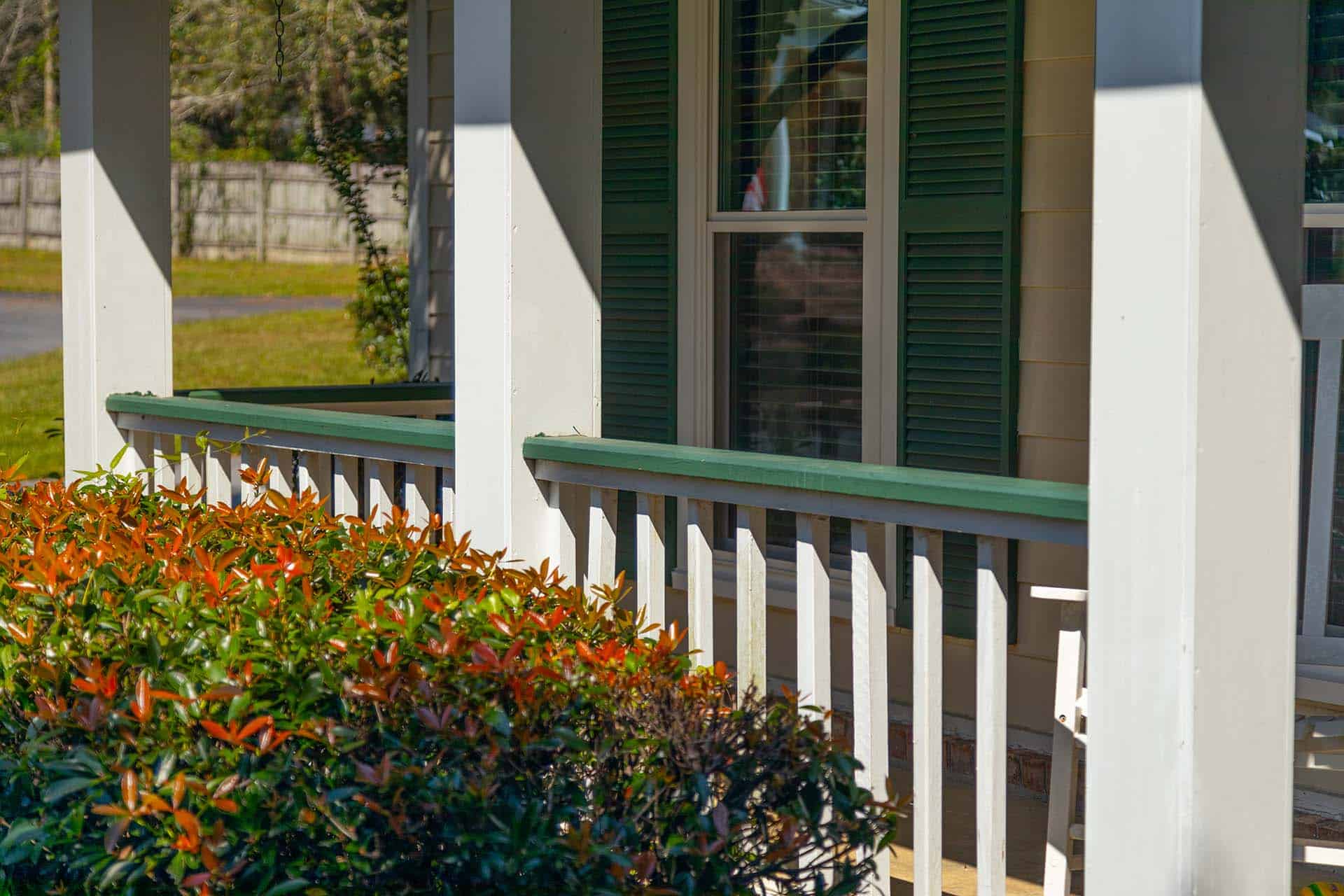
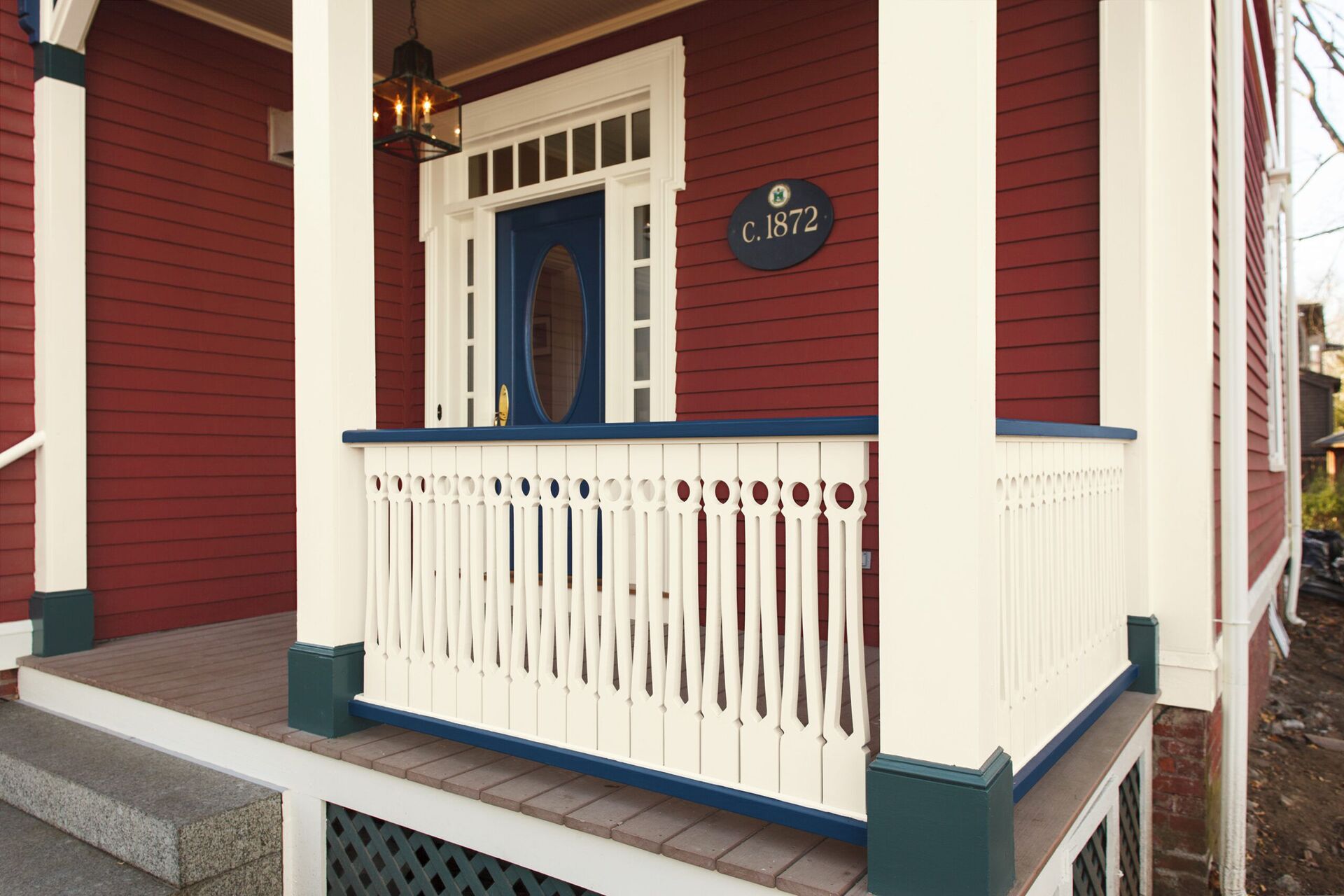
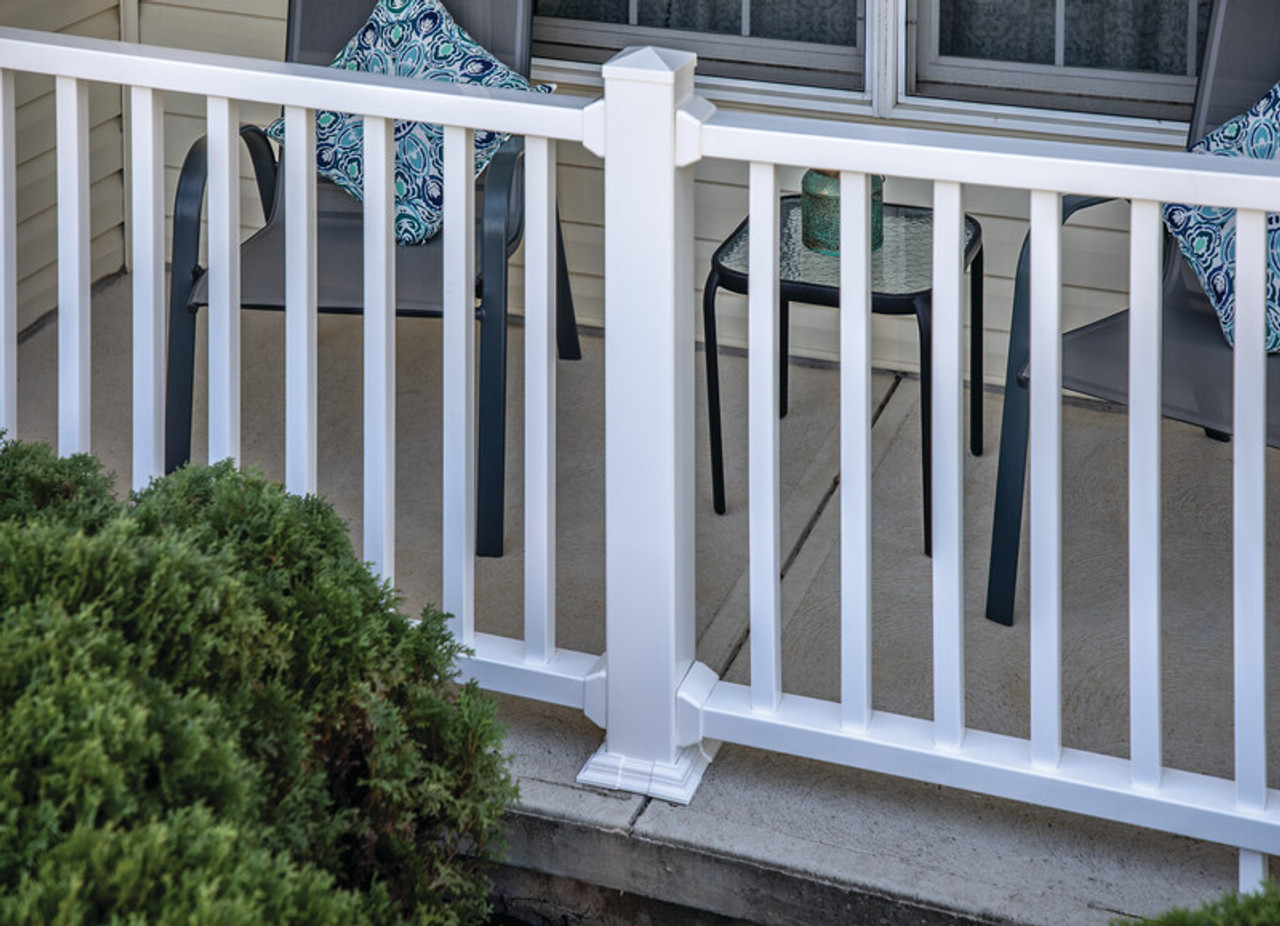
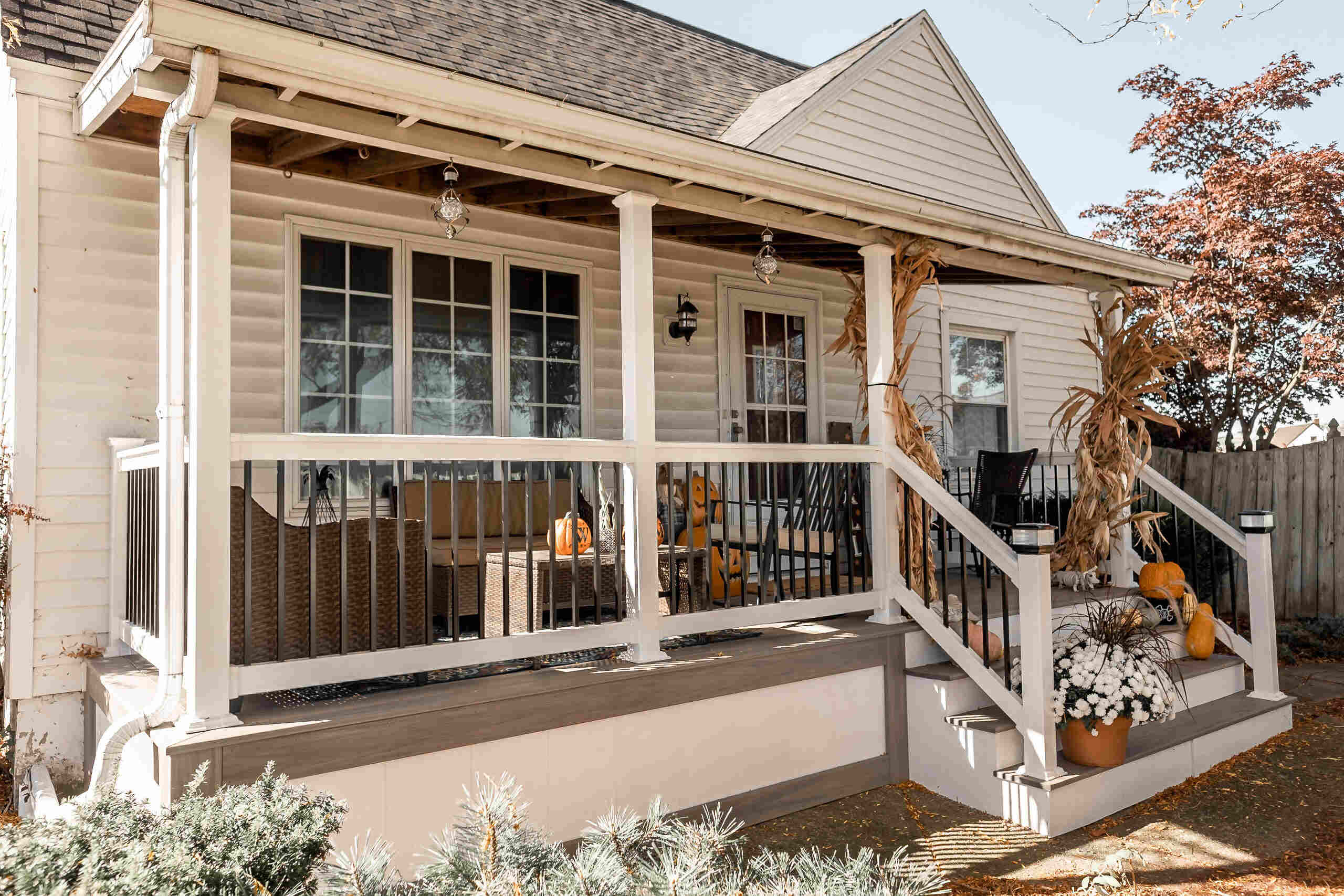
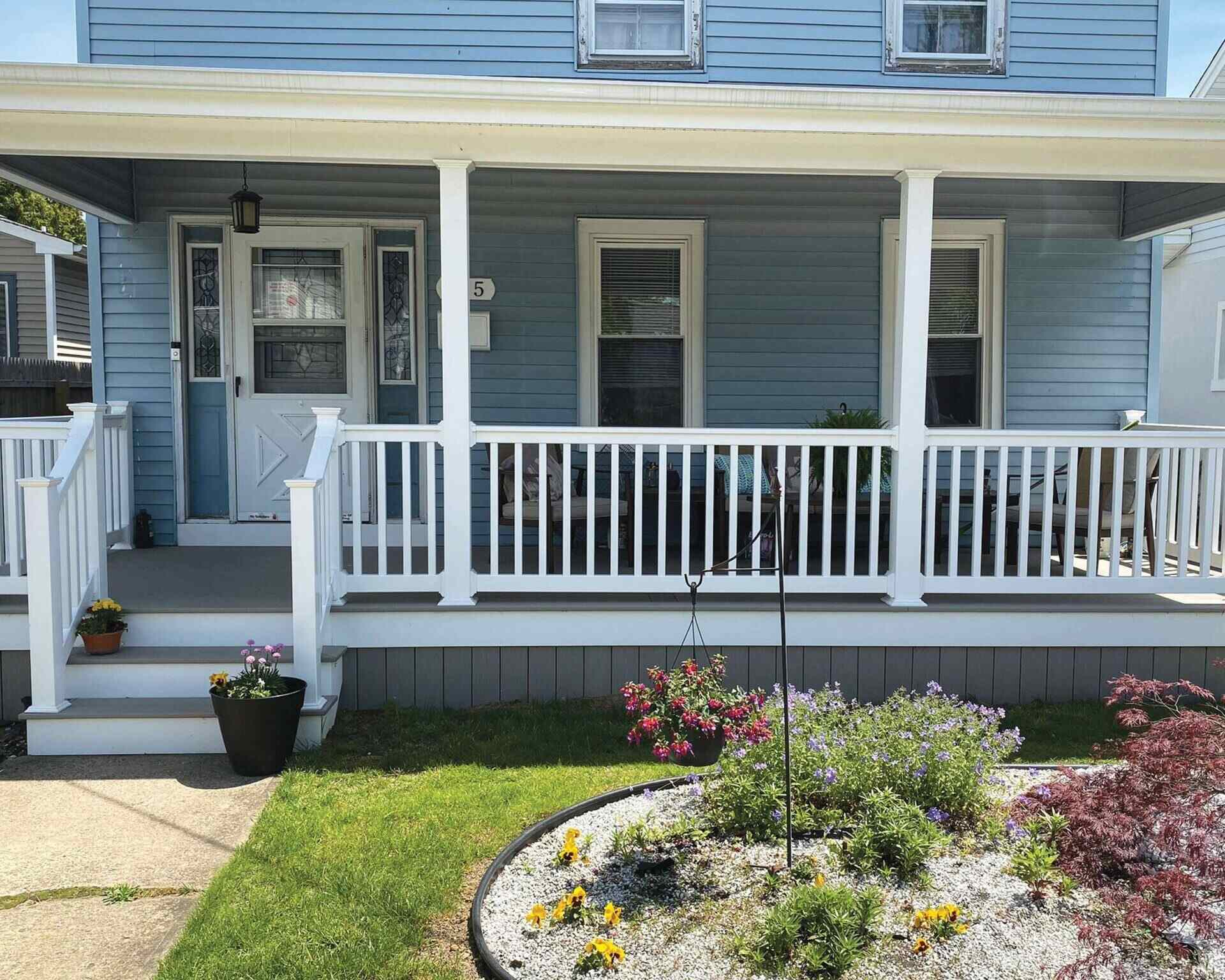
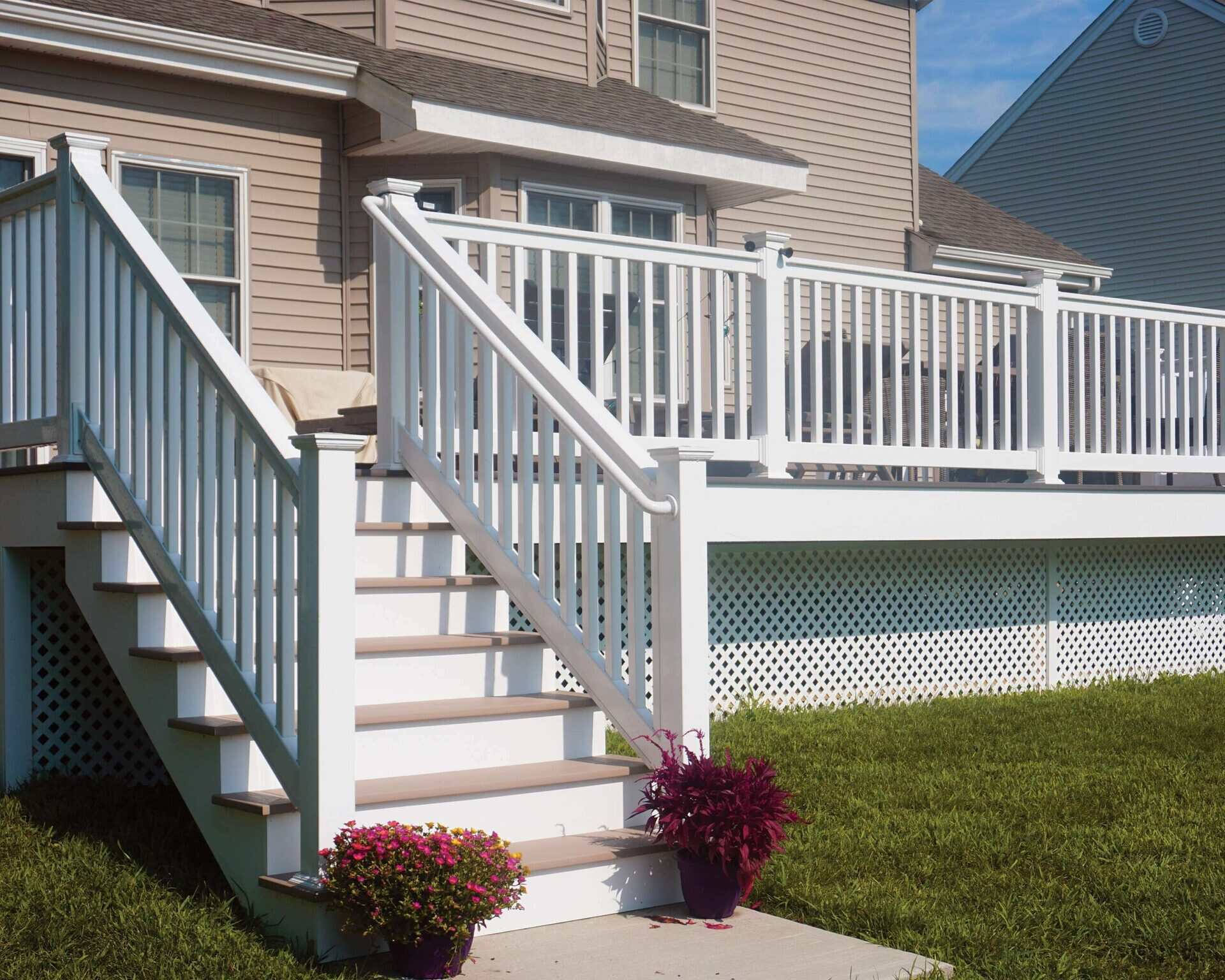
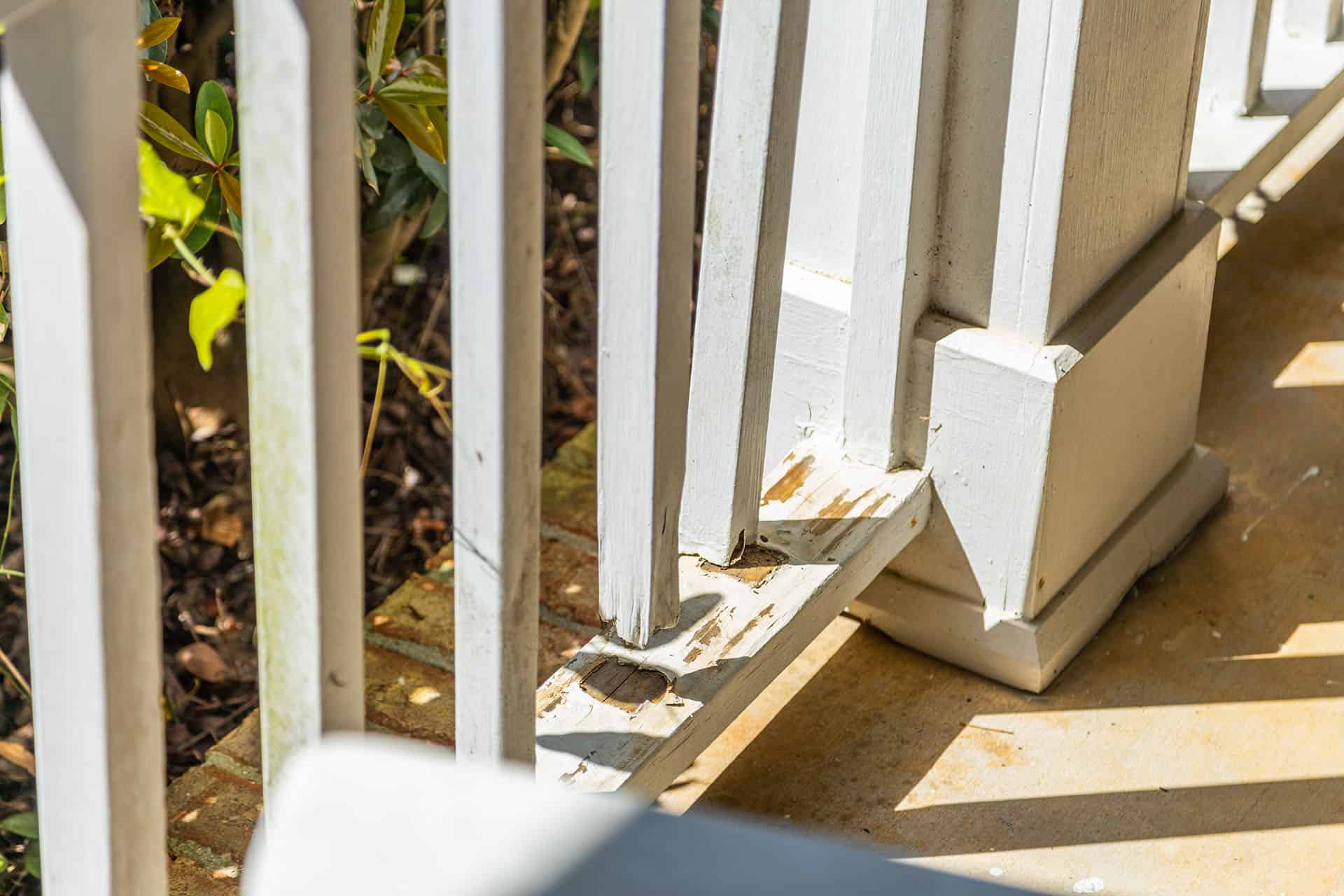
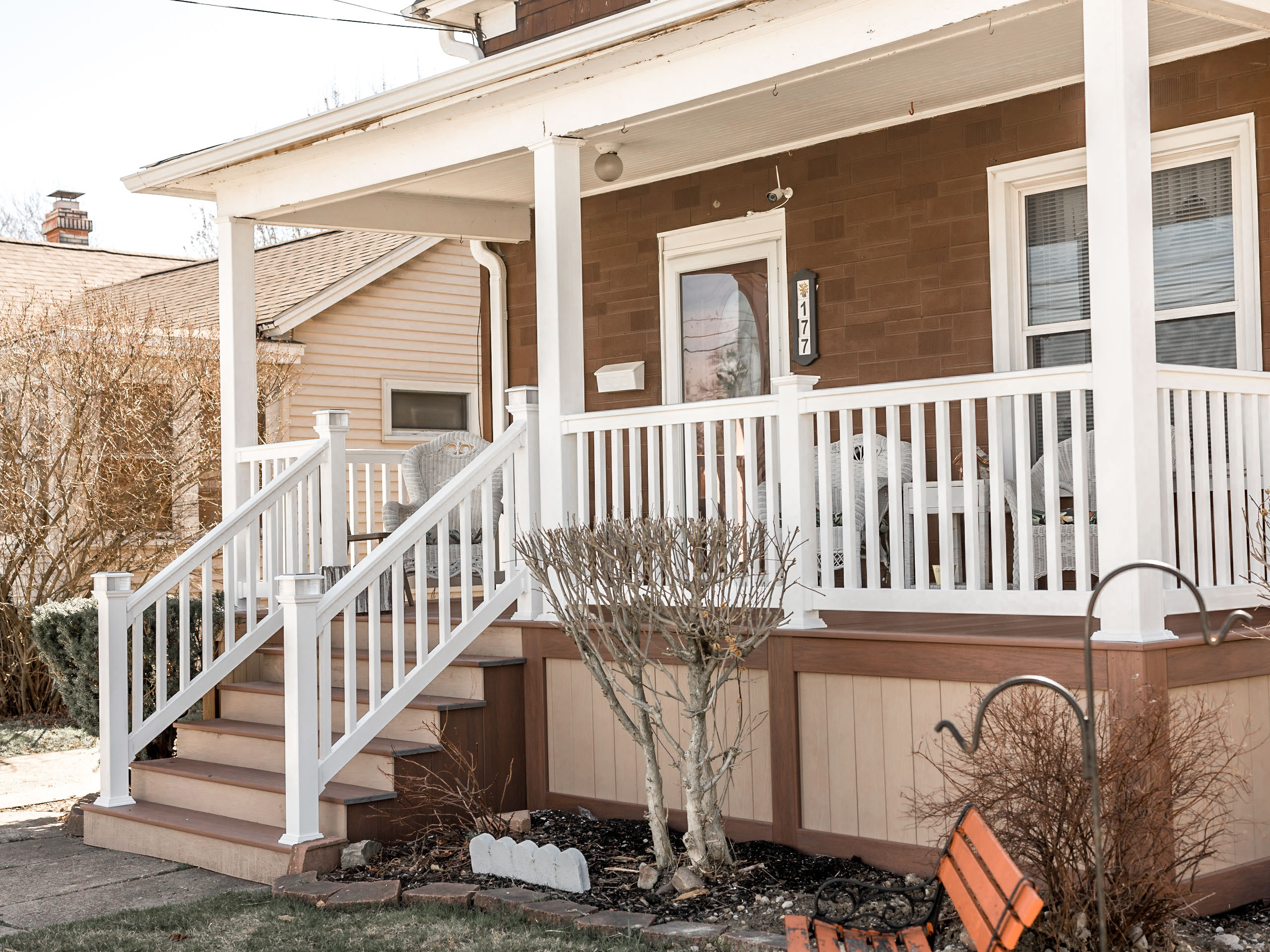
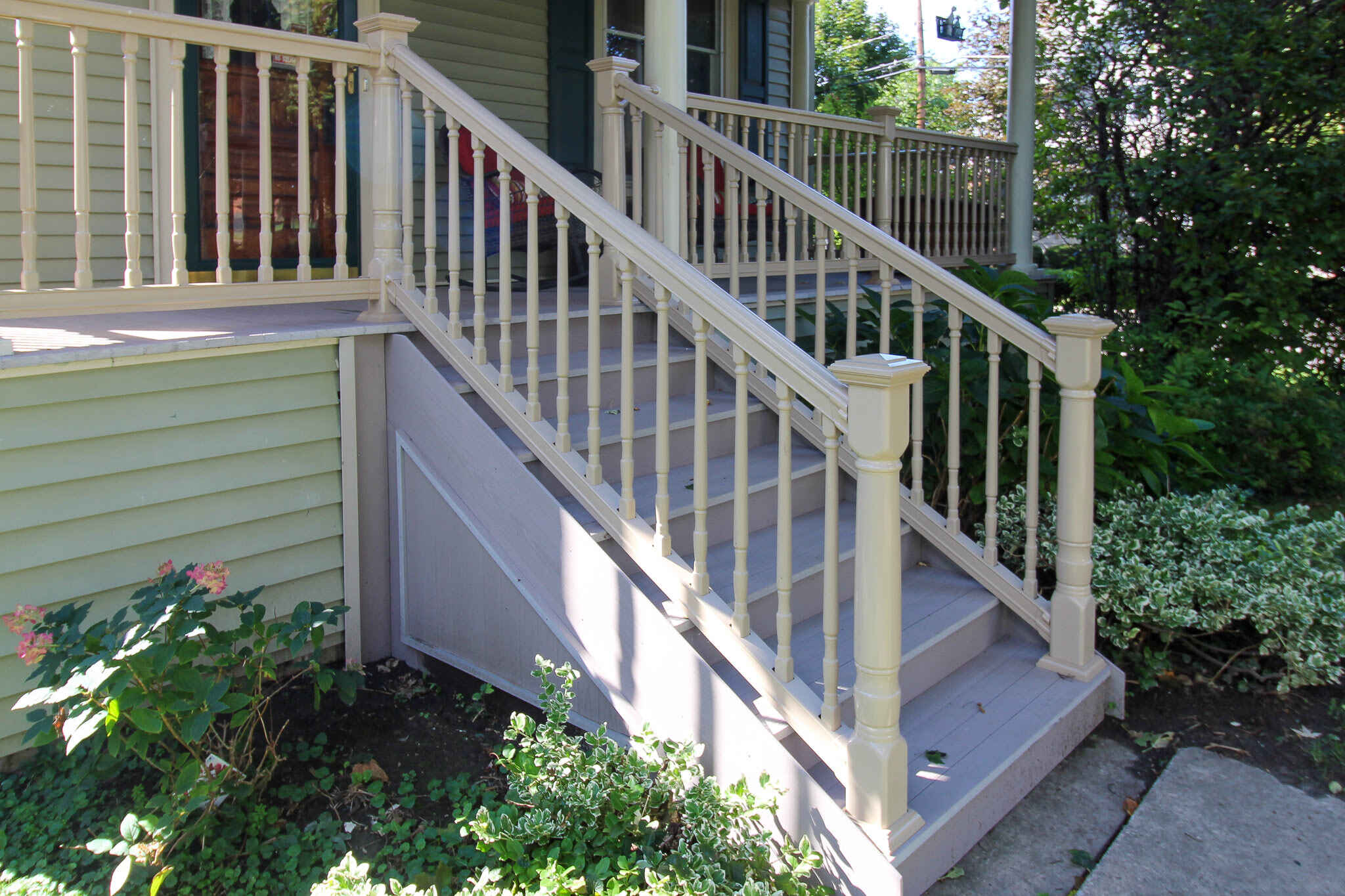
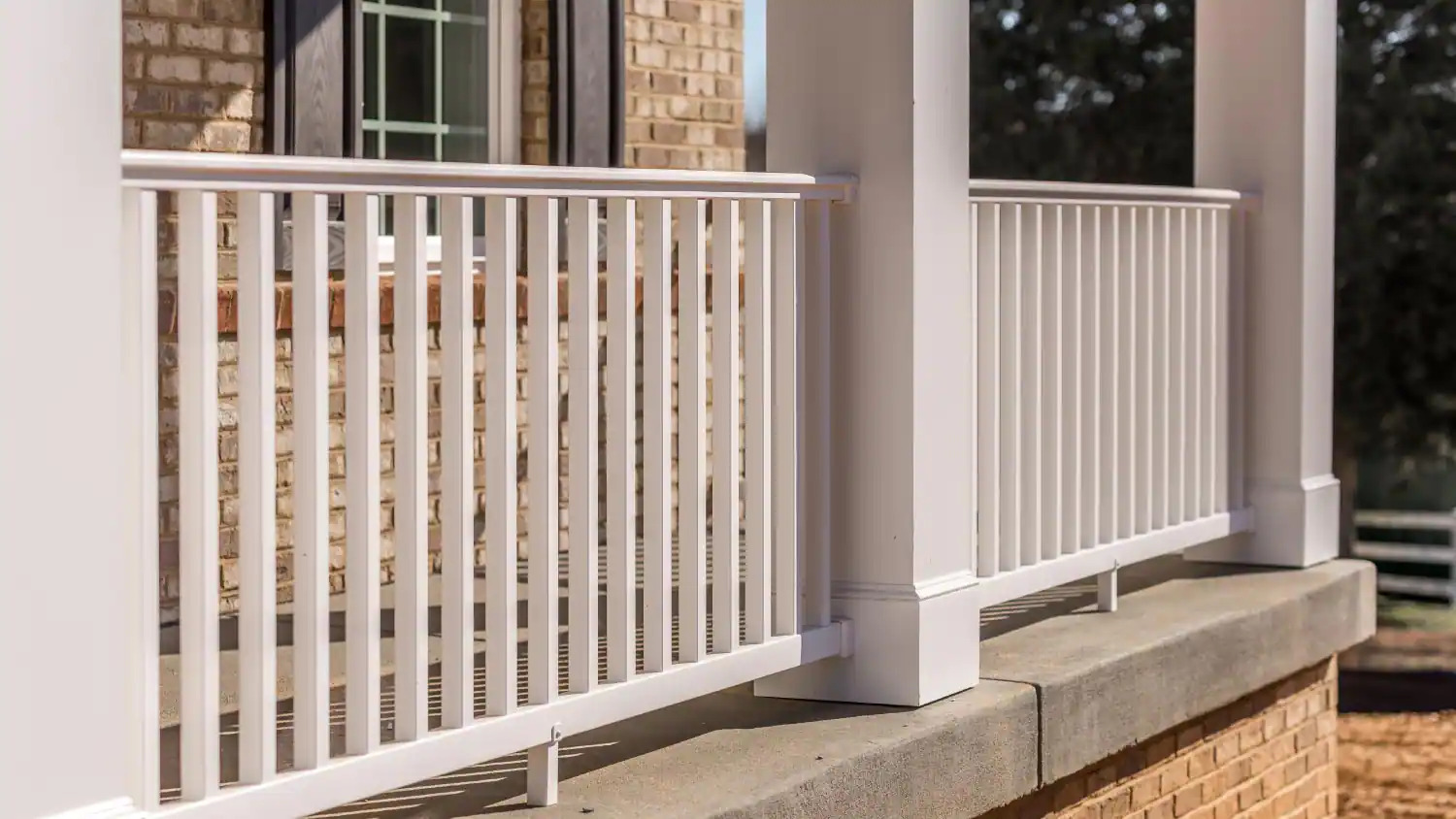
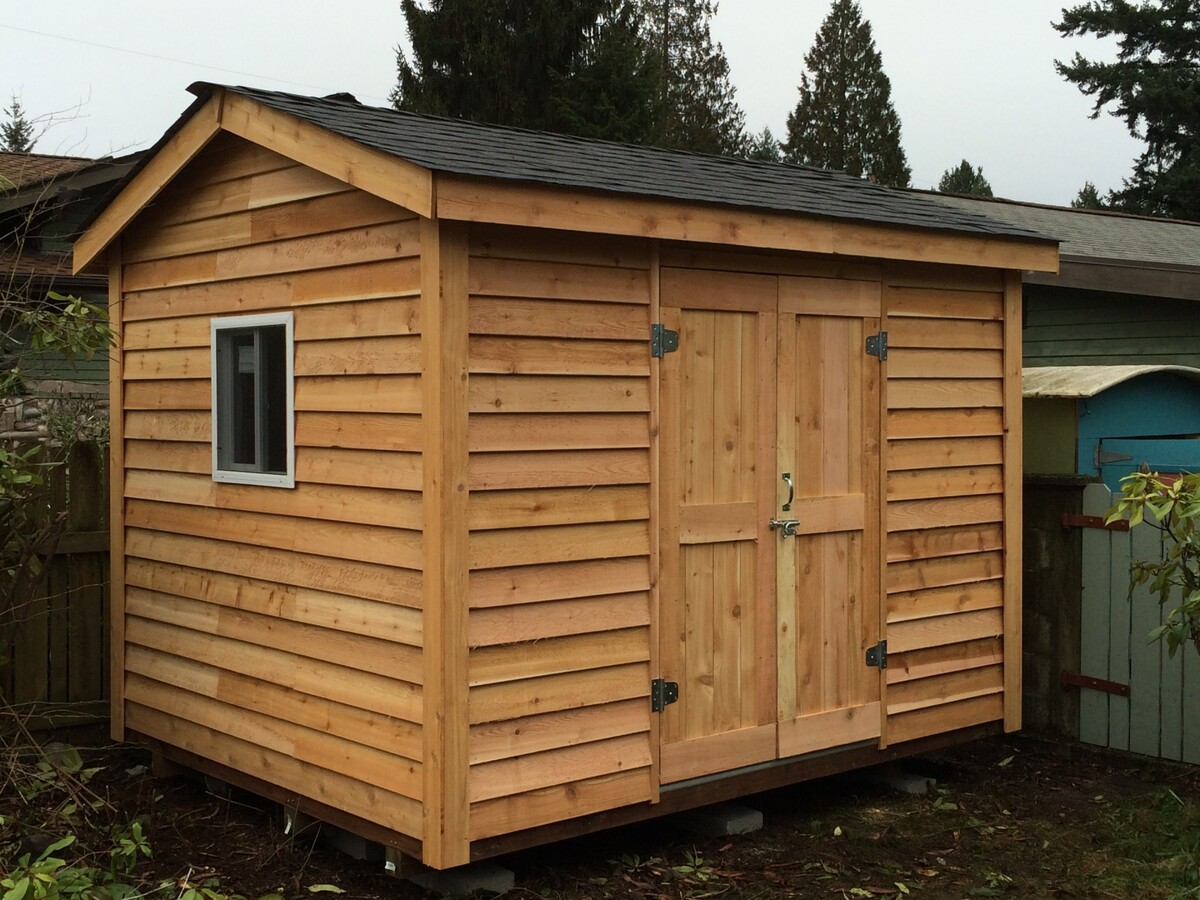
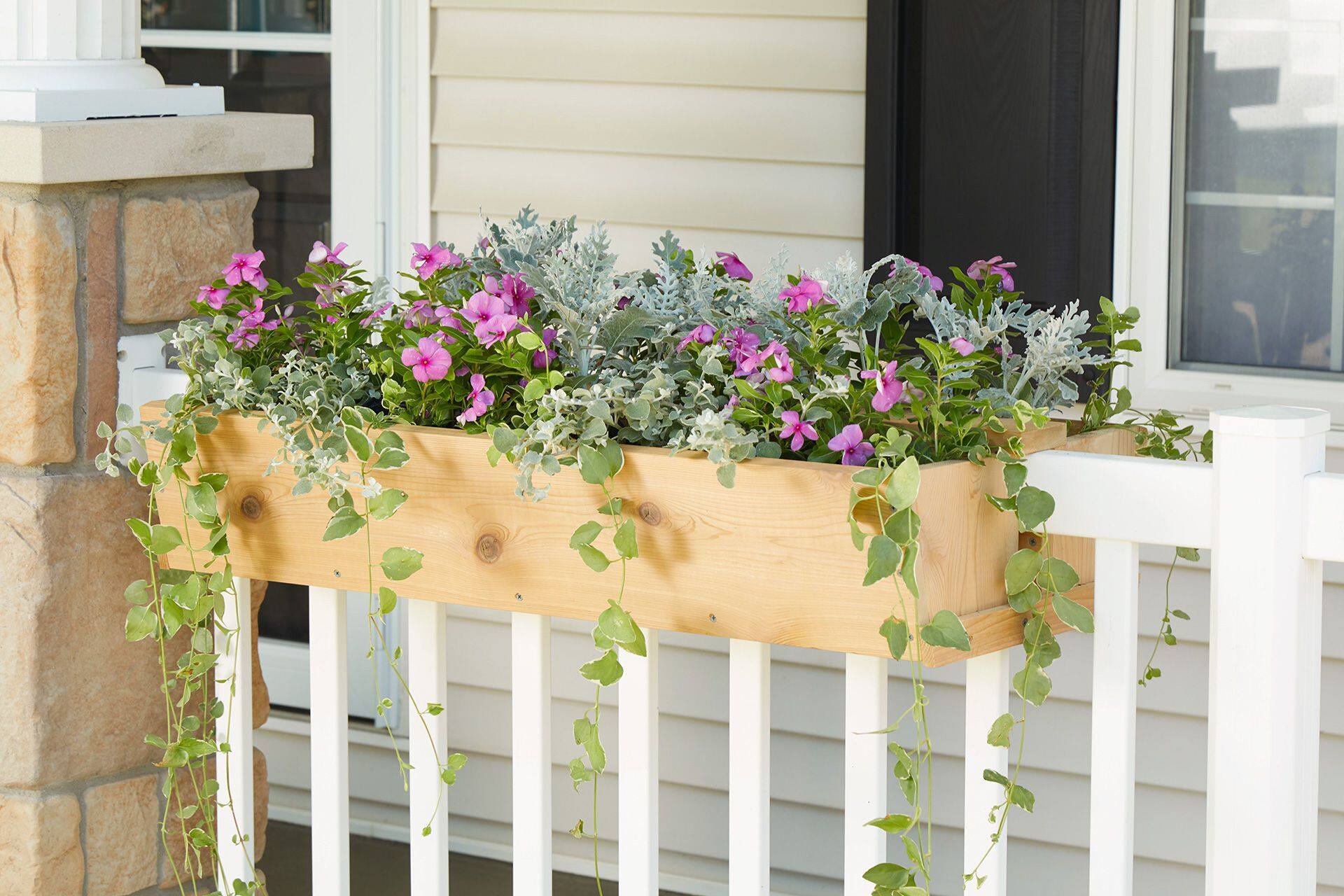
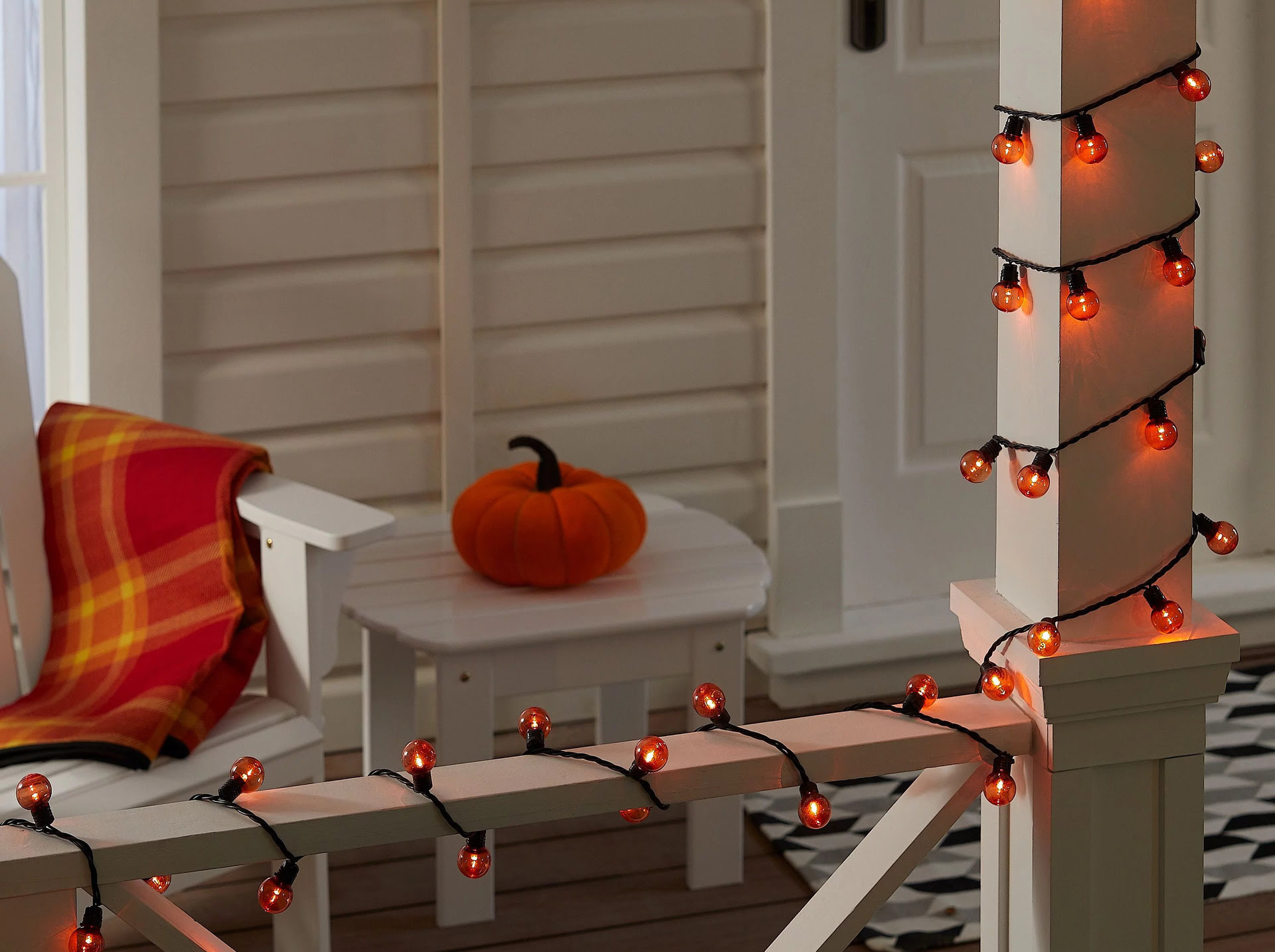
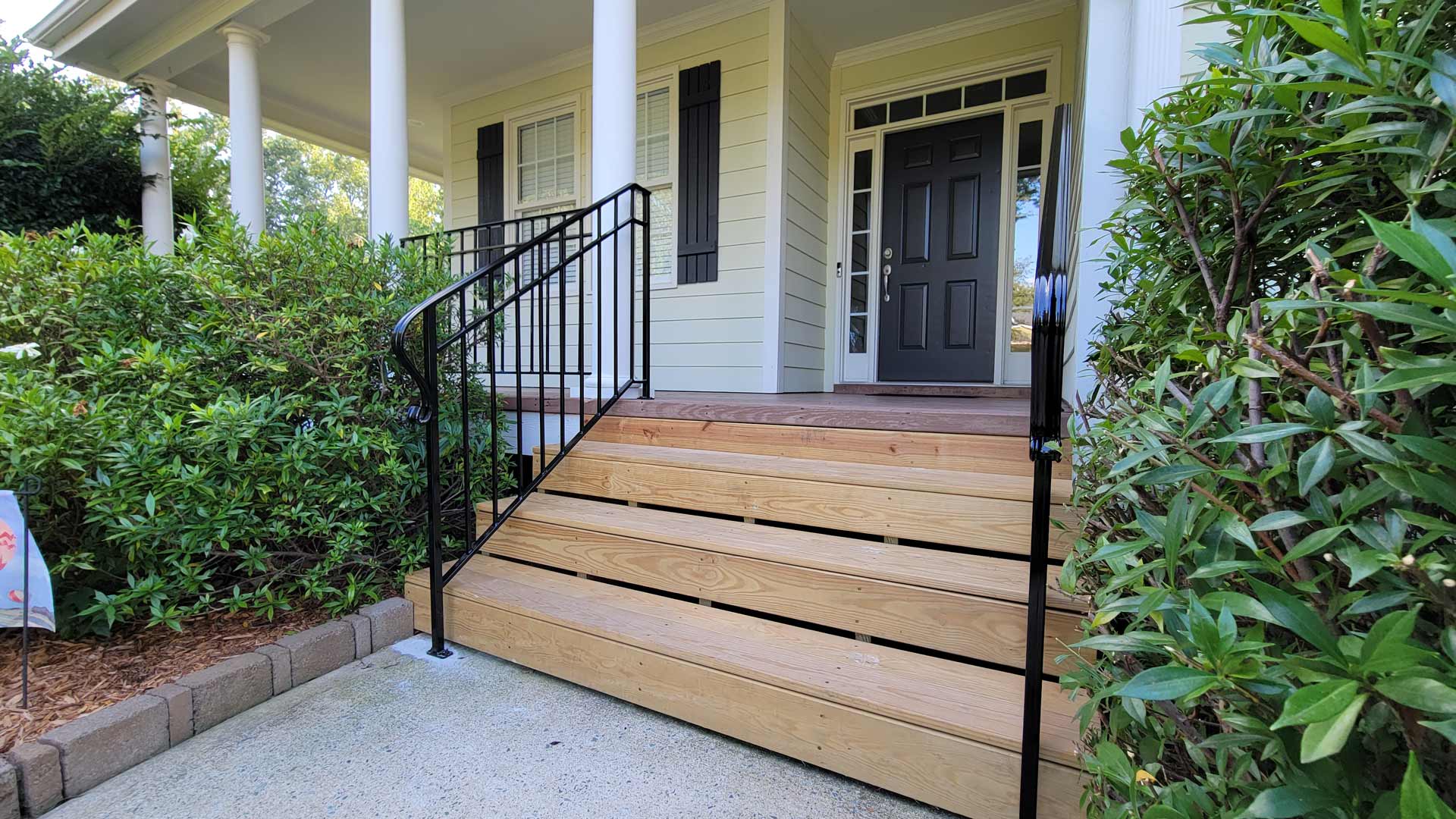

0 thoughts on “How Tall Should Porch Railing Be”